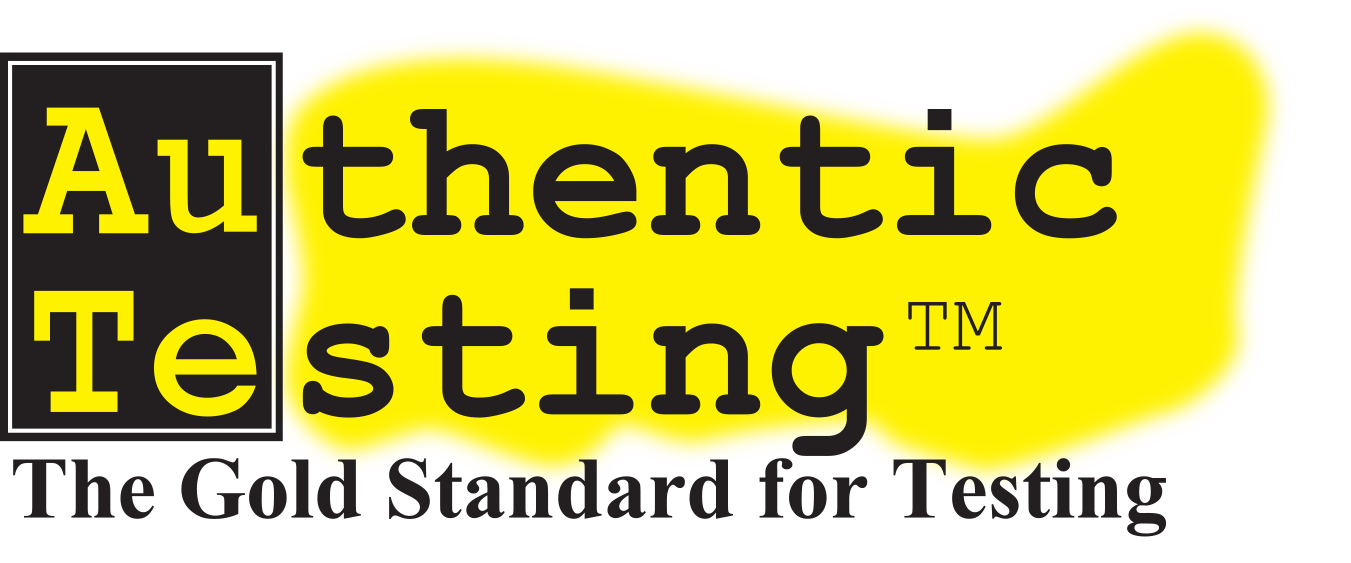Standard Setting .

How do you decide who passes a licensing or certifcation test and who fails? Draw the line too low and you will be credentialing individuals unqualified to do the job. Draw it too high and you will be excluding individuals who may have invested a great deal of time and money in their education and are qualified to do the job. Finding the sweet spot is the realm of standard setting.
Although there are slight variations in how Performance Tests and Multiple Choice Tests are treated at this stage, Standard Setting remains the process of determining the cut, or minimum passing score, for a test.
In a conventional Multiple Choice Test, for example, the most frequent standard-setting method is determined by a panel of judges that estimates the percent of minimally qualified candidates (MQCs) that will pass each item. Known as the modified Angoff method, each judge's estimates are averaged to become the passing-score percent for that judge. All of these scores are then averaged together to determine the test passing score percent. The raw passing score is obtained by multiplying the number of items in the test by the test's passing score percent.
The process is similar in Performance Testing, with a few additional complications...
Angoff Method
Widely used, the traditional Angoff method asks subject-matter experts to make judgments about each question on a test.
Scalemark Method
This method breaks a test into digestible pieces, known as content domains, allowing for more grounded judgments in a compensatory model.
Guttman-Guilford Method
Used as an external way of classifying a group of test takers into qualified and unqualified categories.
